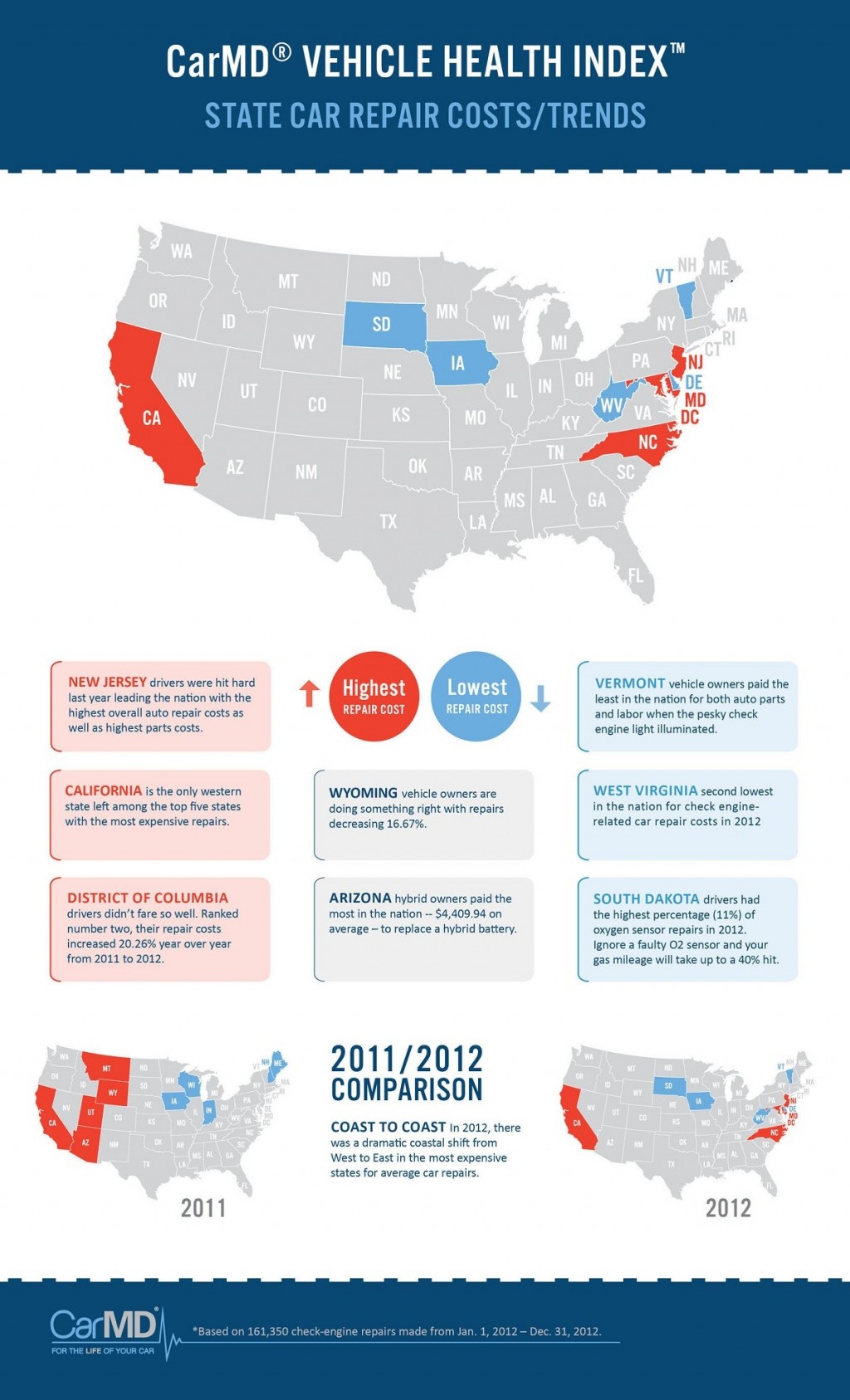Want To Find Out More Concerning The Caution Lights On Your Control Panel? Uncover What They Show Concerning Your Lorry'S Health And Safety
Want To Find Out More Concerning The Caution Lights On Your Control Panel? Uncover What They Show Concerning Your Lorry'S Health And Safety
Blog Article
Created By-Faulkner Stark
When you lag the wheel, those glowing caution lights on your control panel can be a little bit perplexing. Do you understand what they're trying to tell you regarding your vehicle's health? Recognizing the relevance of these lights is vital for your safety and security and the durability of your lorry. So, the following time among those lights appears, would not you wish to decipher its message precisely and take the needed actions to address it?
Common Caution Lighting and Interpretations
Recognize common caution lights in your automobile and recognize their definitions to ensure risk-free driving.
One of the most common caution lights include the check engine light, which indicates issues with the engine or discharges system. If this light comes on, it's vital to have your vehicle checked quickly.
The oil pressure advising light indicates reduced oil stress, needing instant attention to stop engine damage.
A blinking battery light could recommend a damaged charging system, potentially leaving you stranded if not addressed.
carcleaningservice tracking system (TPMS) light notifies you to low tire stress, affecting automobile security and fuel efficiency. Ignoring this could result in hazardous driving conditions.
The abdominal light indicates an issue with the anti-lock stopping system, jeopardizing your capability to quit swiftly in emergency situations.
Lastly, the coolant temperature level advising light warns of engine getting too hot, which can result in extreme damage otherwise settled quickly.
Recognizing interiorcarcleaning will assist you address problems without delay and preserve secure driving problems.
Value of Prompt Focus
Recognizing the common caution lights in your auto is just the primary step; the value of immediately resolving these cautions can't be emphasized enough to guarantee your safety when driving.
When a caution light illuminates on your control panel, it's your car's means of connecting a possible problem that needs focus. Ignoring these warnings can result in more extreme troubles down the road, jeopardizing your safety and potentially costing you a lot more in repairs.
Trigger focus to cautioning lights can stop break downs and mishaps. For example, a flashing check engine light might suggest a misfire that, if left unattended, can cause damage to the catalytic converter. Addressing this immediately can conserve you from a costly repair service.
In a similar way, a brake system warning light may signify low brake liquid or used brake pads, critical components for your security when driving.
DIY Troubleshooting Tips
If you notice a caution light on your dashboard, there are a couple of do it yourself fixing suggestions you can attempt before looking for specialist assistance.
The primary step is to consult your car's handbook to recognize what the specific warning light shows. Often the issue can be as simple as a loose gas cap activating the check engine light. Tightening the gas cap may solve the trouble.
Another usual problem is a low battery, which can trigger different advising lights. Examining the battery links for corrosion and ensuring they're safe and secure might fix the trouble.
If a caution light continues, you can attempt resetting it by separating the automobile's battery for a few mins and after that reconnecting it. In addition, checking your vehicle's liquid levels, such as oil, coolant, and brake liquid, can help troubleshoot advising lights associated with these systems.
Final thought
Finally, recognizing your auto's caution lights is important for keeping your vehicle running smoothly and safely. By immediately addressing these alerts and recognizing what they imply, you can prevent pricey repair work and prospective malfunctions.
Remember to consult your automobile's handbook for particular information on each advising light and act appropriately to ensure a trouble-free driving experience.
Remain notified, remain safe when traveling!
